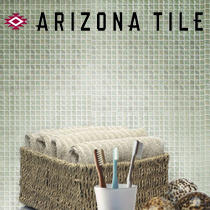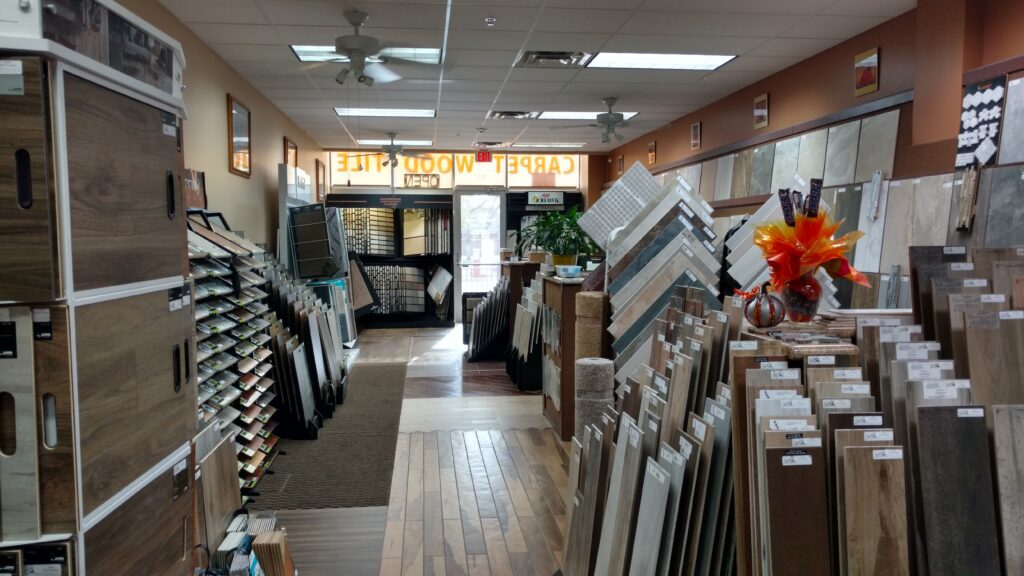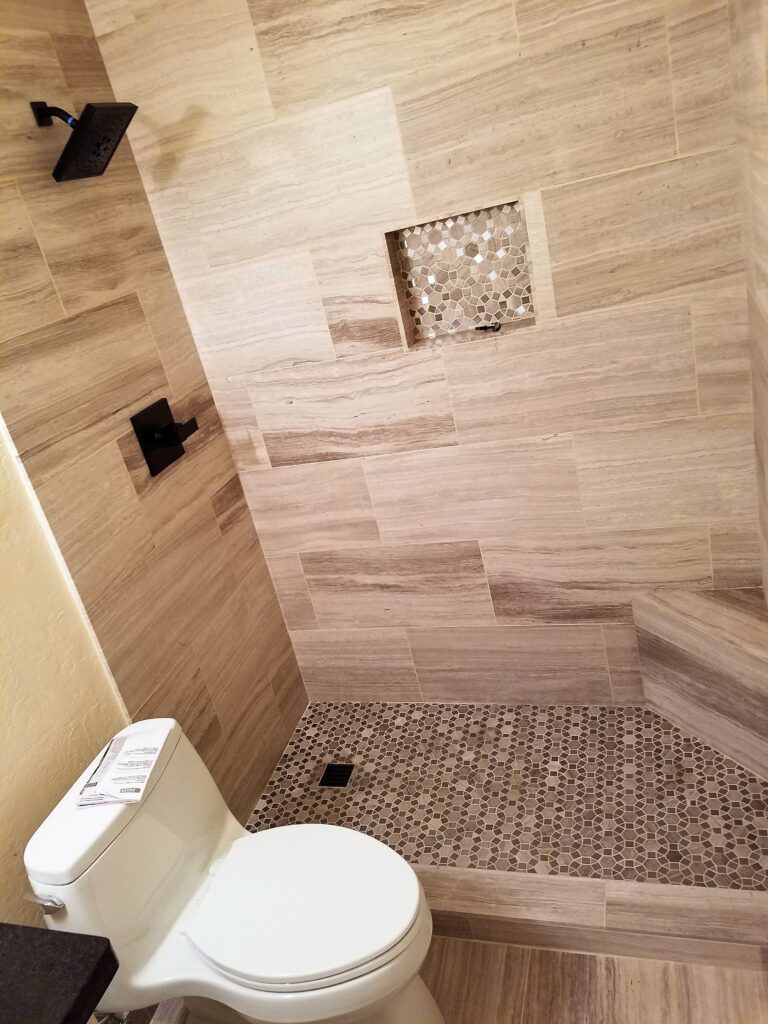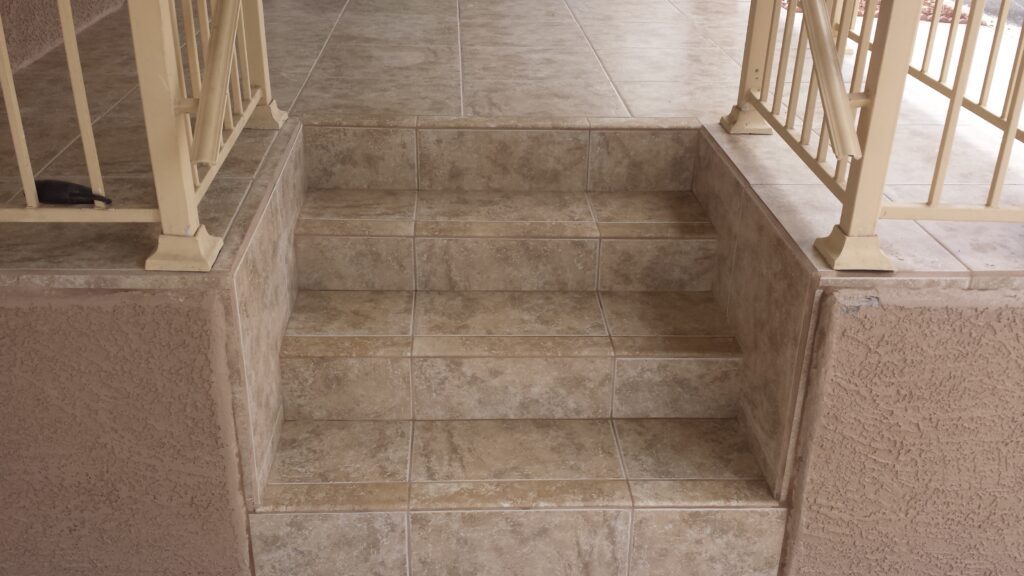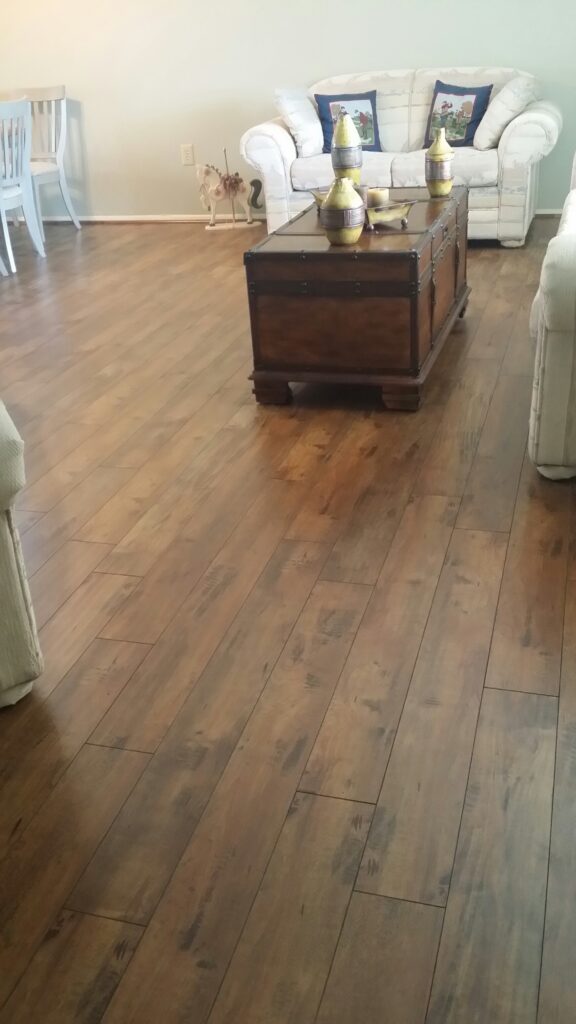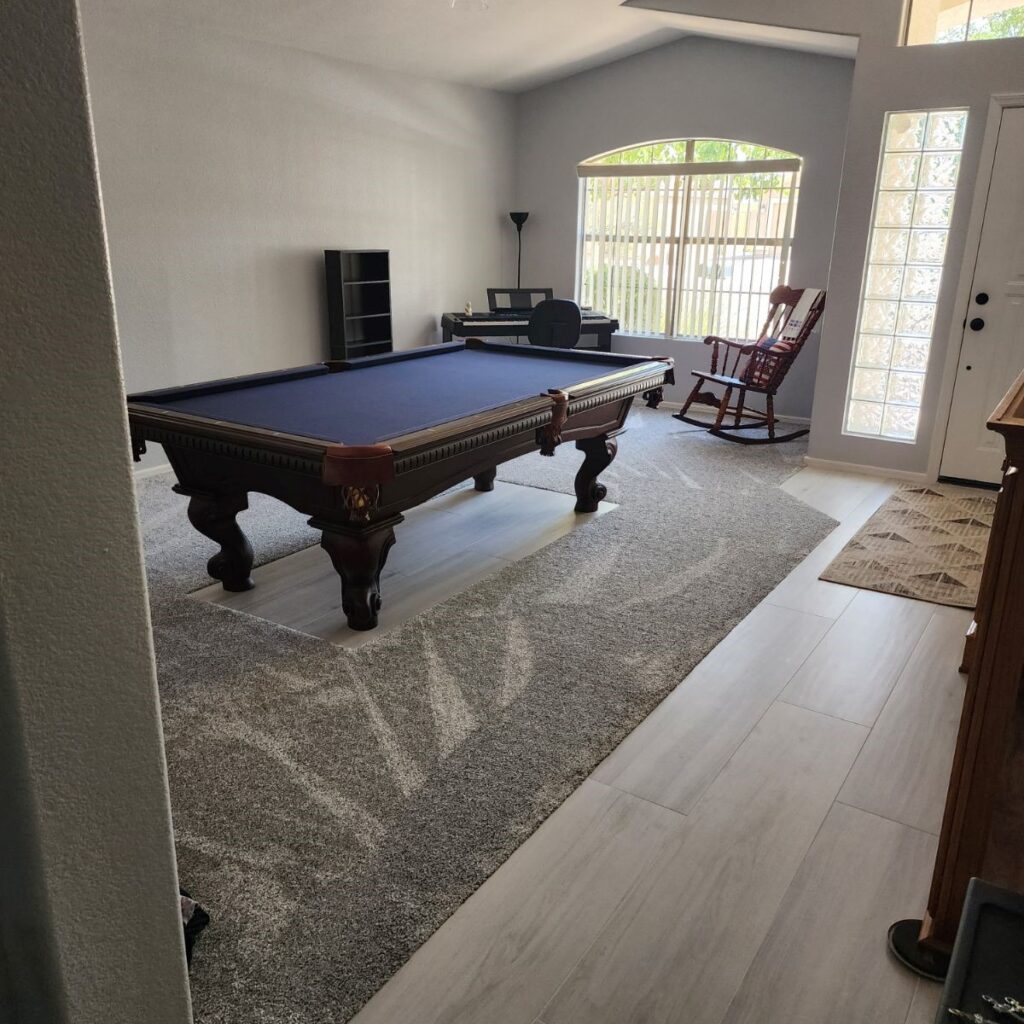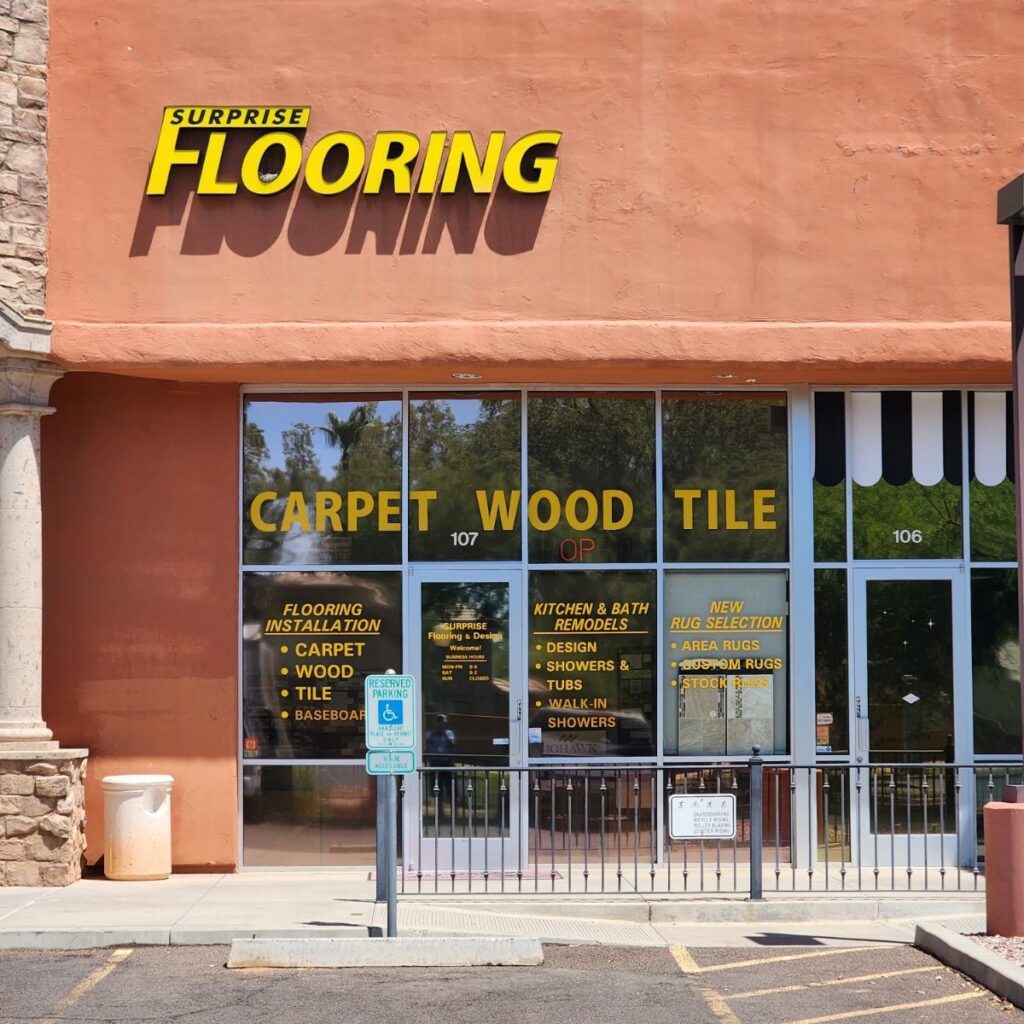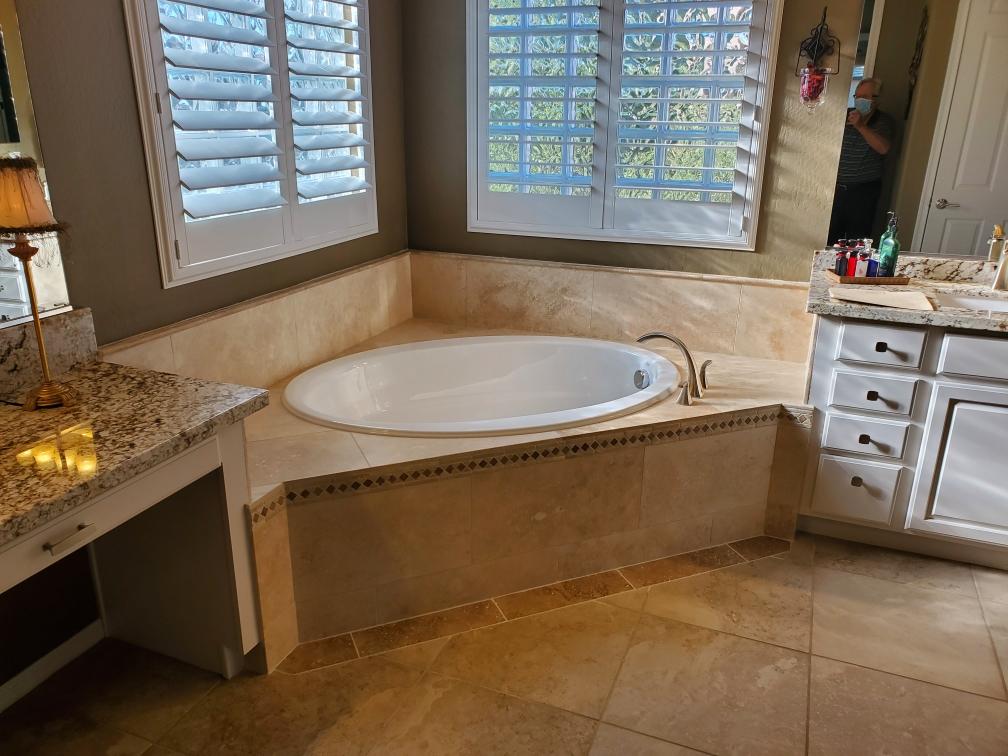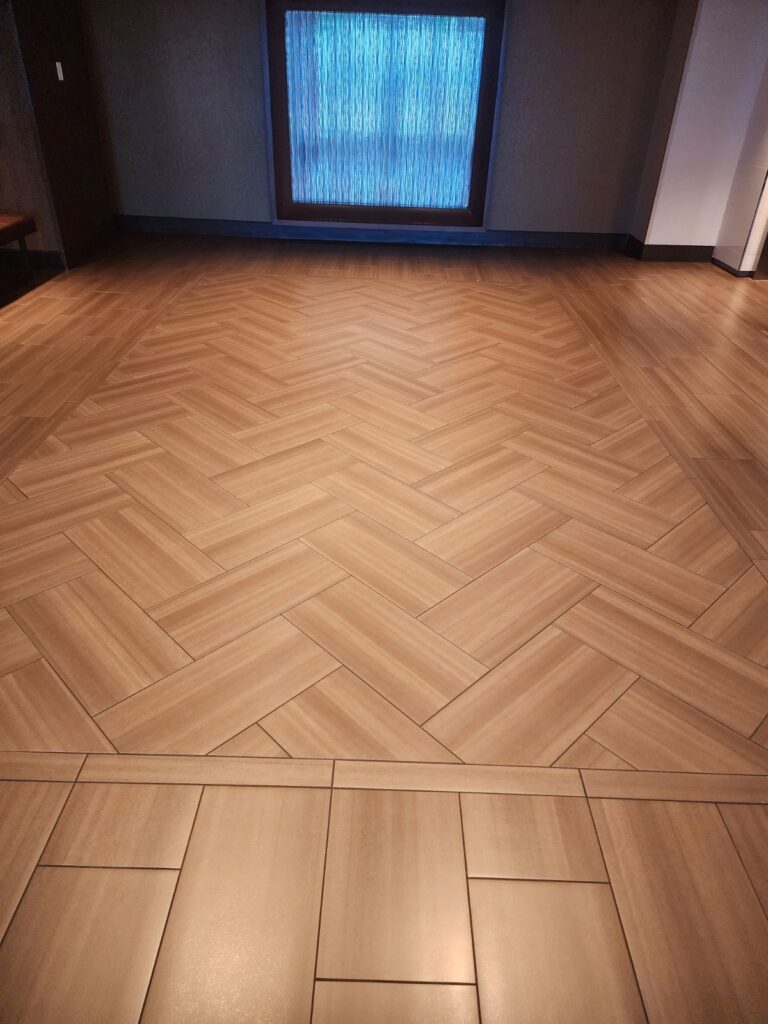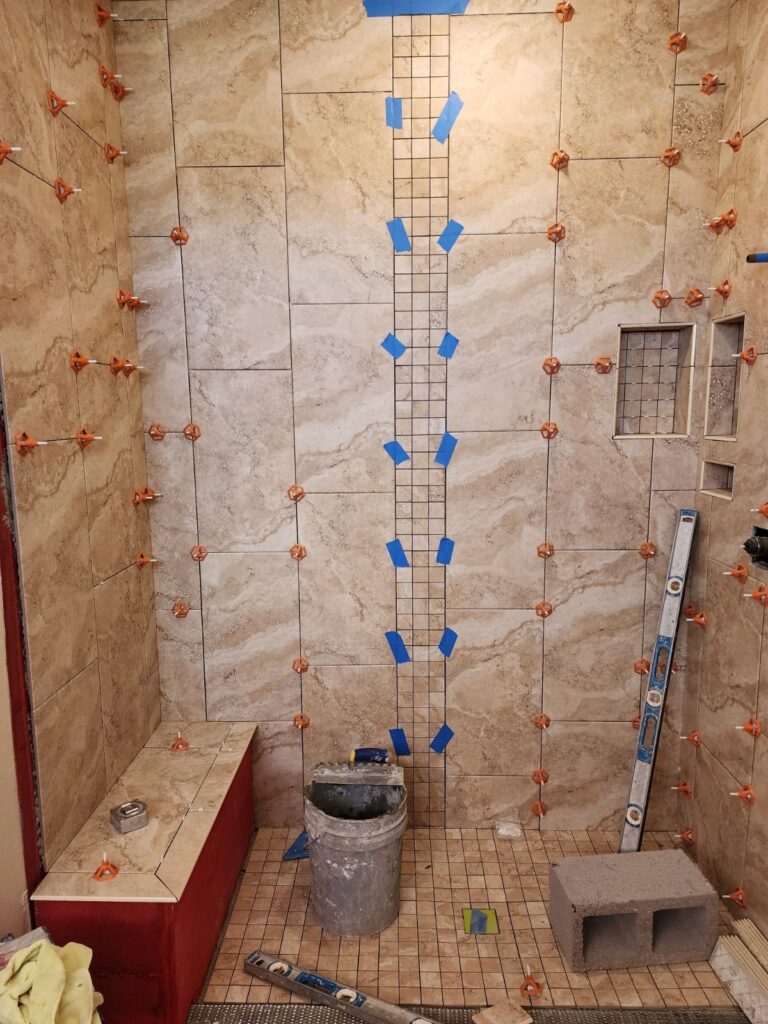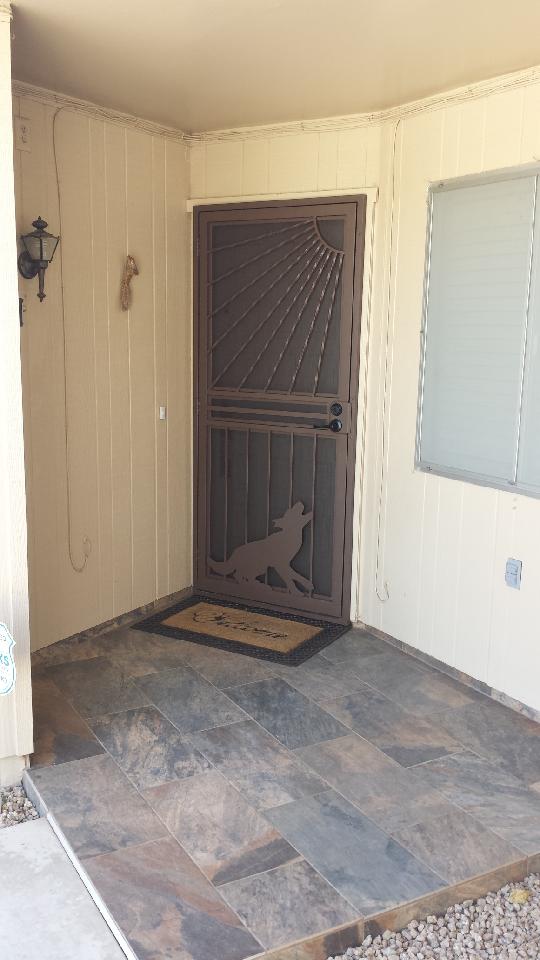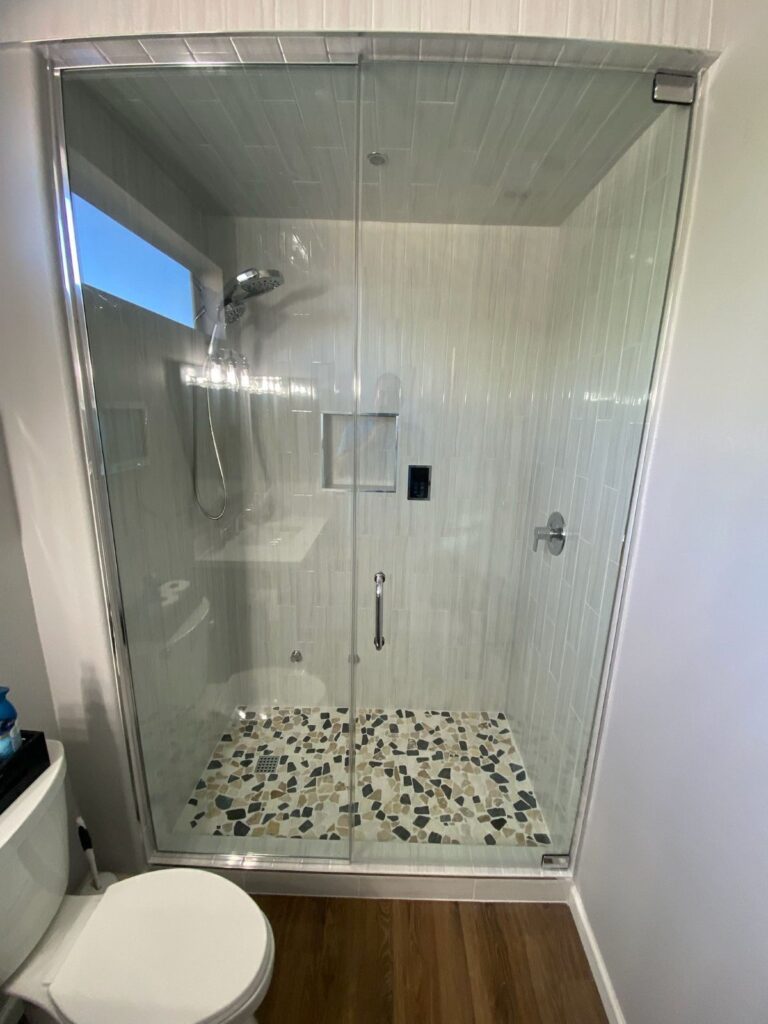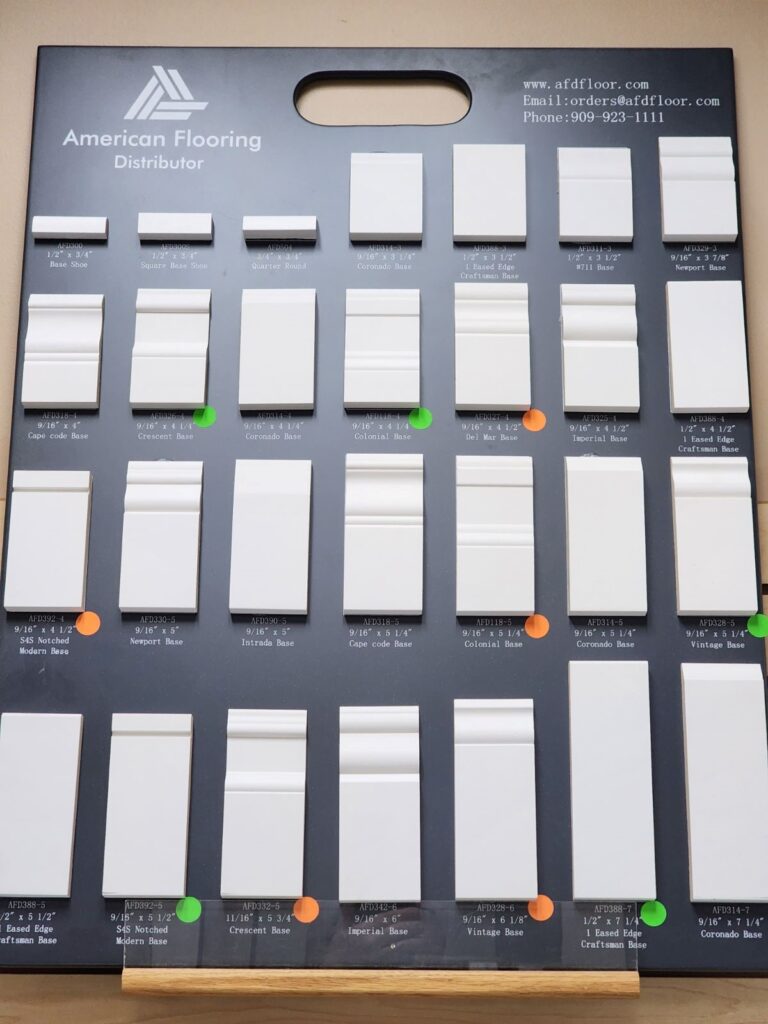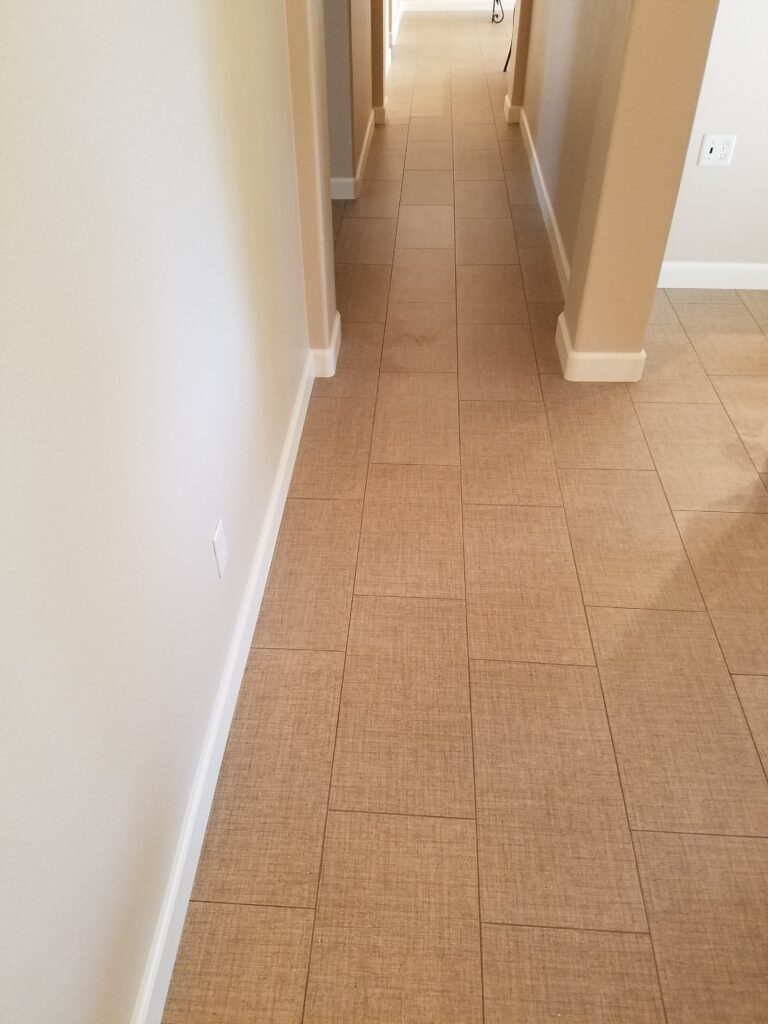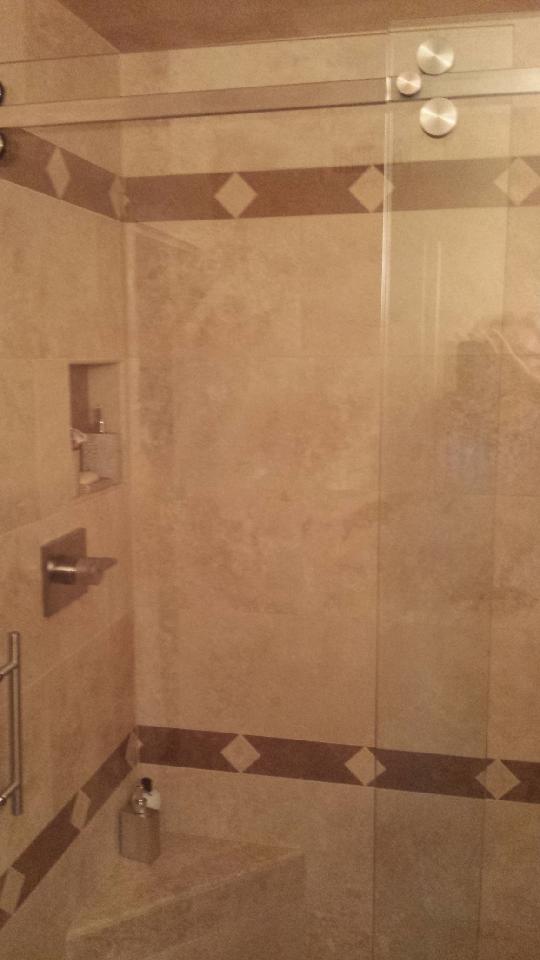Types of flooring
Different Types of Floor Designs for Your Property
What Is the Best Carpet for My Room
Finding the best carpet for your home starts out simple and quickly becomes complicated. You know you want something that will look good in your home, feel great, and most importantly, stay that way for years to come. So you go to the local carpet store or home center and that’s when it gets complicated.
Unlike shopping for cars or clothes, a lot of different carpet styles look very similar, yet prices vary and there’s a reason for that. The fiber that is used to make the yarn that is then made into carpet is where the difference starts. How that fiber is made into yarn is the second determining factor and how it is then tufted (sewn) into carpet is the next key difference.
More than 90 percent of today’s carpet is made of synthetic fiber—nylon, polyester, triexta, or polypropylene.
While each fiber has somewhat different characteristics, they are all made basically the same way. (This also includes carpets made from “natural” fibers, such as wool and sisal.)
Once the fiber has been extruded, it is bundled together and twisted into a yarn and then heat set to lock in the carpet fiber’s shape. Hundreds of needles arrayed across a machine sew the yarn into a backing. Later, a second backing will be attached to give it additional strength and stability.
How well the carpet will perform depends on how well the yarn is made and how densely the carpet is tufted. The general rule is that the more filaments twisted into a yarn, the stronger it will be and the denser the carpet is (more tufts per square inch), the better it will perform. Keep in mind though that the longer the pile height, the more likely a carpet is to crush (think of traffic paths or marks where furniture has been placed on top of the carpeting).
Environmental Benefits of Wood Floors
Wood flooring is the most abundantly renewable flooring material available. Sustainable forest management makes it possible to harvest wood without any serious impact on the environment because trees are a renewable resource that can be replaced time and time again.
You can learn more about the environmental benefits of wood floors by downloading a copy of the University of Wisconsin Wood Products Program Solid Wood Flooring Life Cycle Analysis.
Wood Floor Species
Wood floors come in a variety of colors that will fit any décor. Today’s wood floors come in more than 50 species, both domestic and exotic, spanning the spectrum of color options, hardness, and price ranges. No matter what the look you want to achieve, there are a variety of species to meet your needs.
Appearance
Other things can influence how a species looks as well, including grain and cut.
Ceramic and Porcelain Tile
Porcelain and ceramic tiles are known for their durability, moisture resistance, and low maintenance. These types of tile are perfect in kitchens and bathrooms but may even be used as an outdoor patio tile. Additional uses for porcelain and ceramic tiles are: countertops, backsplashes, and decorative wall coverings. Each offers distinct benefits that you’ll want to consider when you are making your purchase decisions.
Manufacturing: Ceramic and porcelain tile are made from natural clay, sand, and water. The difference is that porcelain’s clay is denser than clay. Both tiles are baked at very high temperatures for long periods of time to remove almost all the moisture.
Features: Ceramic and porcelain differ greatly in overall coloring.
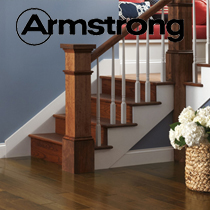
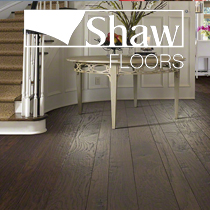
Uses: Both tiles can be used in almost any typical indoor installation, however, only porcelain can safely be used outdoors as well. This is due to the higher moisture content of ceramic which makes it more susceptible to freezing- and thawing-related cracks and chips. Porcelain’s lower moisture properties make it less likely to crack due to freezing.
Cost: You can generally expect that porcelain will cost more than ceramic tile. But consider that porcelain is more durable and longer-lasting so the extra cost can be spread over its longer lifetime. Porcelain is also less porous and less likely to stain so removal of the entire stained tile is almost always required.
Durability: Because of its durability, porcelain usually lasts longer than ceramic. It can withstand high levels of traffic. Ceramic is more likely to chip or crack if objects are dropped on it, and the life expectancy is usually much shorter. Note that ceramic tiles are not recommended for most commercial applications but porcelain’s durability is suitable for light- to medium-duty commercial applications.
Installation: Porcelain can be more of a challenge to the amateur installer because it is very dense and difficult to cut. Shapes or round corners are a real challenge. Ceramic tile is easier to use because it required fewer specialized tools and is easier to cut into oddly shaped areas.
